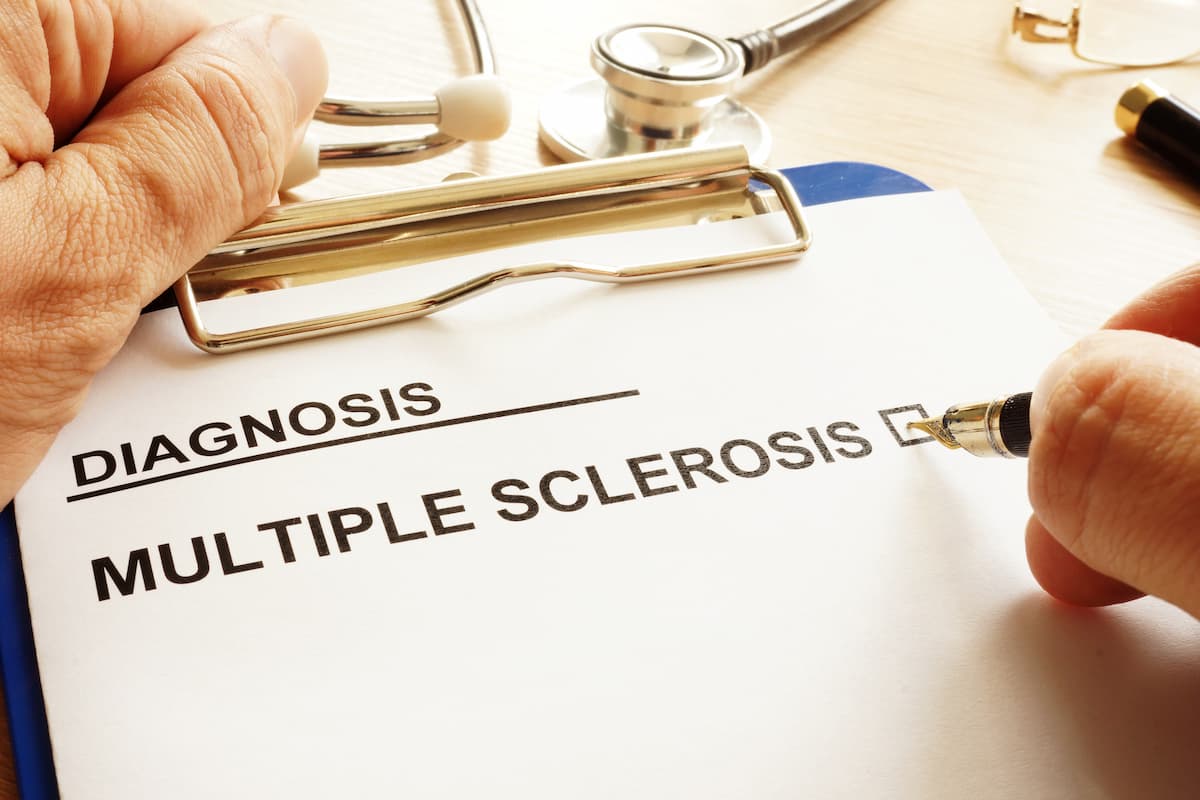Article
Study Uses Algorithms to Improve Gait Monitoring Treatments for MS
Author(s):
A recent study looked to improve the monitoring of treatments for patients with multiple sclerosis (MS) by quantifying gait characteristics and gait deficits in laboratory and daily life conditions.
A person’s gait can often be used as an indicator of multiple sclerosis (MS). A recent study aimed to improve the monitoring of treatments for patients with MS by quantifying gait characteristics and gait deficits in laboratory and daily life conditions.
The study included 14 patients with MS who were divided into 2 groups based on their disability level. The patients performed intermittent and continuous walking bouts (WBs) in a gait laboratory wearing waist- and shank-mounted inertial sensors.
The researchers used the algorithm continuous wavelet transforms (W-CWT) to record estimated gait events and temporal parameters using the data from the waist-mounted sensor, which was tested against the reference algorithm S-REF calculated by using the raw acceleration and angular velocity signals collected by the shank sensors. Another algorithm, W-PAM, was also used to classify WBs.
"We started off by checking that our portable sensor was accurate, comfortable and able to give the same results as a lab-based sensor,” said Claudia Mazzà, PhD, a researcher as the Insigneo Institute at the University of Sheffield in a statement. “We then developed an algorithm (computer program) specific to the patient's condition (in this case MS) which processed the measurements taken from this sensor.”
The results revealed that the W-CWT algorithm demonstrated good gait event accuracy and was not influenced by disability level. However, it slightly overestimated stride time in intermittent walking and overestimated variability of temporal parameters in both intermittent and continuous walking. Additionally, W-PAM accuracy was found to be speed-dependent and lessened with increasing disability.
When comparing the laboratory and daily life conditions, the study showed that patients walked at a slower pace in daily living than in the laboratory. Also, for daily living, all average temporal parameters decreased as the WB duration increased.
“This study validated a method to quantify walking in real life in people with MS and showed how gait characteristics estimated from short walking bouts during daily living may be the most informative to quantify level of disability and effects of interventions in patients moderately affected by MS,” the study authors concluded.
The next step for the researchers will involve working with the National Institute for Health Research Sheffield Biomedical Research Centre for Translational Neuroscience in order to conduct a larger clinical study.
"The potential applications of this research are not just limited to MS but could be used for other conditions that could benefit from monitoring gait, such as Parkinson's disease," said Sivaraman Nair, MD, DM, consultant neurologist at Sheffield Teaching Hospitals.
Reference
Storm FA, Nair KPS, Clarke AJ, Van der Muelen JM, Mazzà C. Free-living and laboratory gait characteristics in patients with multiple sclerosis [published online May 1, 2018]. PLoS One. doi: 10.1371/journal.pone.0196463.





